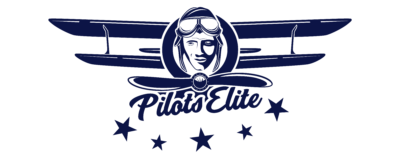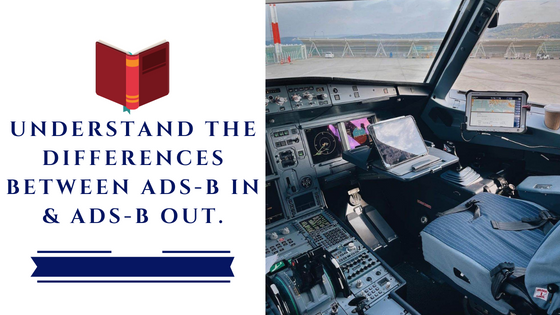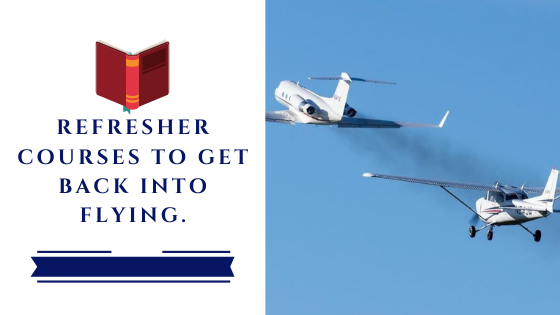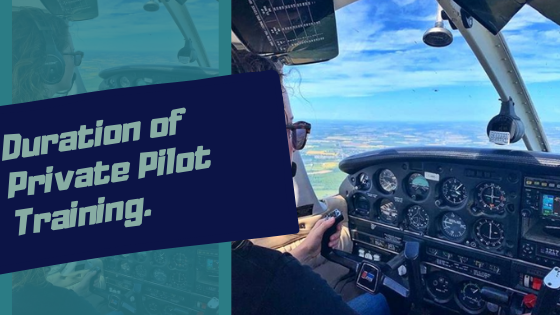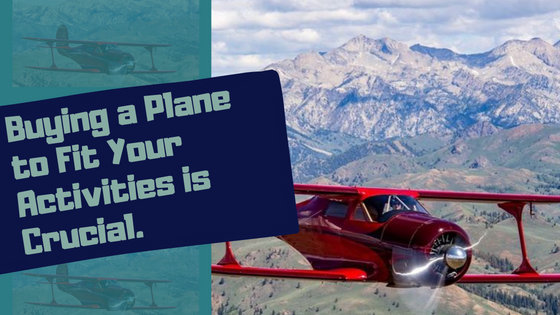Deep Dive: Navigating the Challenges of Becoming a Private Pilot.
Embarking on the path to becoming a private pilot is an exciting adventure. However, it’s essential to understand the challenges that lie ahead. This article will delve into the key aspects and shed light on the difficulty level involved in becoming a private pilot.
The time and financial commitment required for flight training can vary depending on several factors, including the student’s aptitude and dedication, the quality of the flight school and instructor, and the type of aircraft used for training. Here are some general estimates for the time and financial commitment required for flight training to obtain a PPL:
Time Commitment.
The FAA requires a minimum of 40 hours of flight time to obtain a PPL. However, most students need more than the minimum hours, with the average being around 60-70 hours.
This flight time includes both dual instruction (with an instructor) and solo flight time.
The time commitment can vary depending on the student’s schedule, the weather conditions, and the availability of aircraft and instructors. On average, it may take 4-12 months to complete flight training for a PPL.
Financial Commitment.
The cost of flight training can vary widely depending on several factors, such as the type of aircraft used for training, the cost of fuel, the hourly rate of the instructor, and the location of the flight school.
The estimated cost of flight training for a PPL can range from $8,000 to $15,000 or more. This includes the cost of flight time, ground school, checkride fees, and other related expenses.
However, it is essential to note that the price can vary significantly, and students should budget for unexpected costs or delays.
Here are some common ones those aspiring pilots might face in the process:
The cost of becoming a private pilot.
Flight training can be costly, including the costs associated with aircraft rental, instructor fees, examination fees, and fuel.
The overall cost can vary depending on factors such as the location, type of aircraft, and the required flight hours.
Financial planning and budgeting are essential to ensure you can complete the training.
Committing the time to become a private pilot.
Obtaining a Private Pilot License (PPL) requires a significant time commitment.
Balancing flight training with other personal and professional responsibilities could be challenging, especially if you already have a busy schedule.
It would help if you allocated the time for self-study, ground school, flight training, and exam preparation.
Weather limitations may delay the process of training.
Weather conditions can impact your flight training and scheduling. Unfavorable weather, such as high winds, thunderstorms, or poor visibility, can result in rescheduled or canceled flights.
It might take longer to accumulate the required flight hours and complete the training if the weather conditions are not suitable for flying.
Knowledge and skill acquisition.
Aviation knowledge and flying skills can be very demanding, especially for individuals with no aviation experience. Developing proficiency in flying maneuvers and procedures takes repetition and practice.
Understanding complex topics such as aerodynamics, meteorology, navigation, and aviation regulations can require concentration and dedicated study.
Physical and mental demands from the aspiring pilots.
Flying an aircraft requires physical coordination, better spatial awareness, and multitasking in a dynamic environment.
Pilots must also manage stress and make decisions effectively and quickly.
The medical requirements for obtaining and maintaining a pilot’s medical certificate could pose challenges for individuals with particular medical conditions.
Regulatory requirements by the Civil Aviation body.
Private Pilot training consists of adhering to specific regulations set by the aviation authorities.
These regulations cover the areas such as flight hours, medical certification, knowledge exams, practical exams, and ongoing proficiency requirements.
Understanding and complying with these regulations could be complex and require additional administrative work.
Stringent safety considerations to ensure flight and airspace safety.
Aviation safety is first and foremost, and aspiring pilots must prioritize safety throughout their training.
Learning emergency procedures, understanding risk management, and developing good judgment and decision-making skills are essential to becoming a safe pilot.
Conclusion:
While becoming a private pilot requires dedication and effort, many people can achieve their goals.
The timeline and cost can vary depending on the factors such as the training frequency, individual aptitude, and local regulations.
Despite the challenges, with persistence, determination, and the proper support, many individuals can overcome these obstacles and achieve their ultimate goal of becoming a Private Pilot.
Maintaining a positive attitude, staying focused, and seeking guidance from experienced instructors and mentors is crucial.
